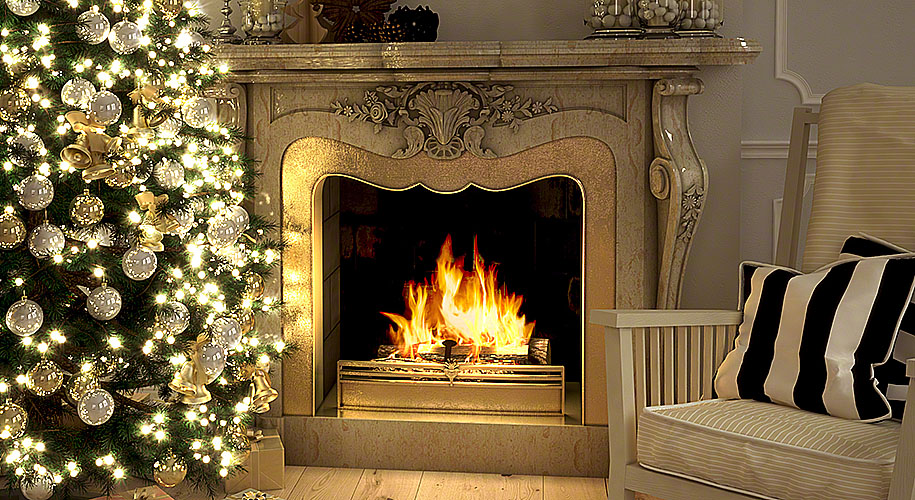The importance of chimneys cannot be overstated, especially during the winter. They contribute to the warmth of our living room and create a comfortable setting for ourselves, our loved ones, and our pets. However, because of that, it is crucial to take proper care of a chimney. Do you use chimney cleaning services on an inspection basis every few months? If not, you had best take action to ensure your safety.
As you can see, chimney cleaning is quite important. Otherwise, materials generated by wood fires, such as creosote, adhere to the top surface of chimneys. Due to its extreme flammability, creosote poses a significant risk.
Unfortunately, once they have started, chimney fires are exceedingly difficult to put out. Every year, chimney fires alone cost the US millions of dollars in property damage. Why do you want to put your life and all of your expensive possessions at risk?
The sole manual you want for chimney cleaning
We’ve included all the information you want regarding chimney cleaning on this page.
The equipment used to clean chimneys
The fundamental equipment required to clean the chimneys is as follows:
- Fabric droplets
- Spotlight
- Brush made of metal wire
- A HEPA-rated vacuum
Essentially, the entire work surface is covered with the drop cloth. while dust is managed with a vacuum with a HEPA rating. In contrast, creosote is removed with metal wire brushes.
The significance of cleaning your chimney
For the removal of obstructions, creosote, and carbon that tend to develop in the chimney over time, chimney cleaning is crucial. The pull is diminished as a result of smoke and soot buildup. This increases the likelihood of a possible fire.
Well, the type of wood you use, the state of the chimneys, and how you burn it all basically determine how quickly creosote builds up inside the chimneys.
Generally speaking, dryer and denser wood are preferable for fireplaces. It is also known as aged wood or seasoned wood. It will burn more brilliantly and generate more heat. Creosote production will be modest during the same period.
On the other side, unseasoned wood burns more quickly and produces more creosote buildup. Therefore, it is crucial that you only utilize seasoned wood. Even yet, it’s still possible that there will need to be a clean-up every four months.
How frequently must chimneys be cleaned?
Several variables affect how often chimneys need to be cleaned. However, the main consideration is how much you use. If you use the chimneys frequently, you should have them cleaned every three months. Otherwise, it is preferable to get a chimney to check every 4-5 months.
The wood type is another crucial consideration. You’ll probably need to clean your fireplaces more frequently since using unseasoned wood causes creosote to accumulate more quickly.
Additionally, if your chimney lacks an adequate ventilation system, creosote development may proceed more quickly. In this situation, we advise not using your chimneys at all since it may be hazardous.
In this situation, you might need to fix the chimney to allow the smoke and flue gases to readily leave the building.
Conclusion
Every few months, creosote must be cleaned since it is combustible. This material adheres to the top of the chimneys, which is where the fire first starts. By doing this, you can lessen the possibility of a flue fire. Additionally, you might be able to preserve the lives of your friends and family and your pricey possessions.
Therefore, be safe by constantly adhering to the greatest chimney recommendations. We advise calling chimney contractors Columbia MD every three to four months for a check to ensure optimal safety.
